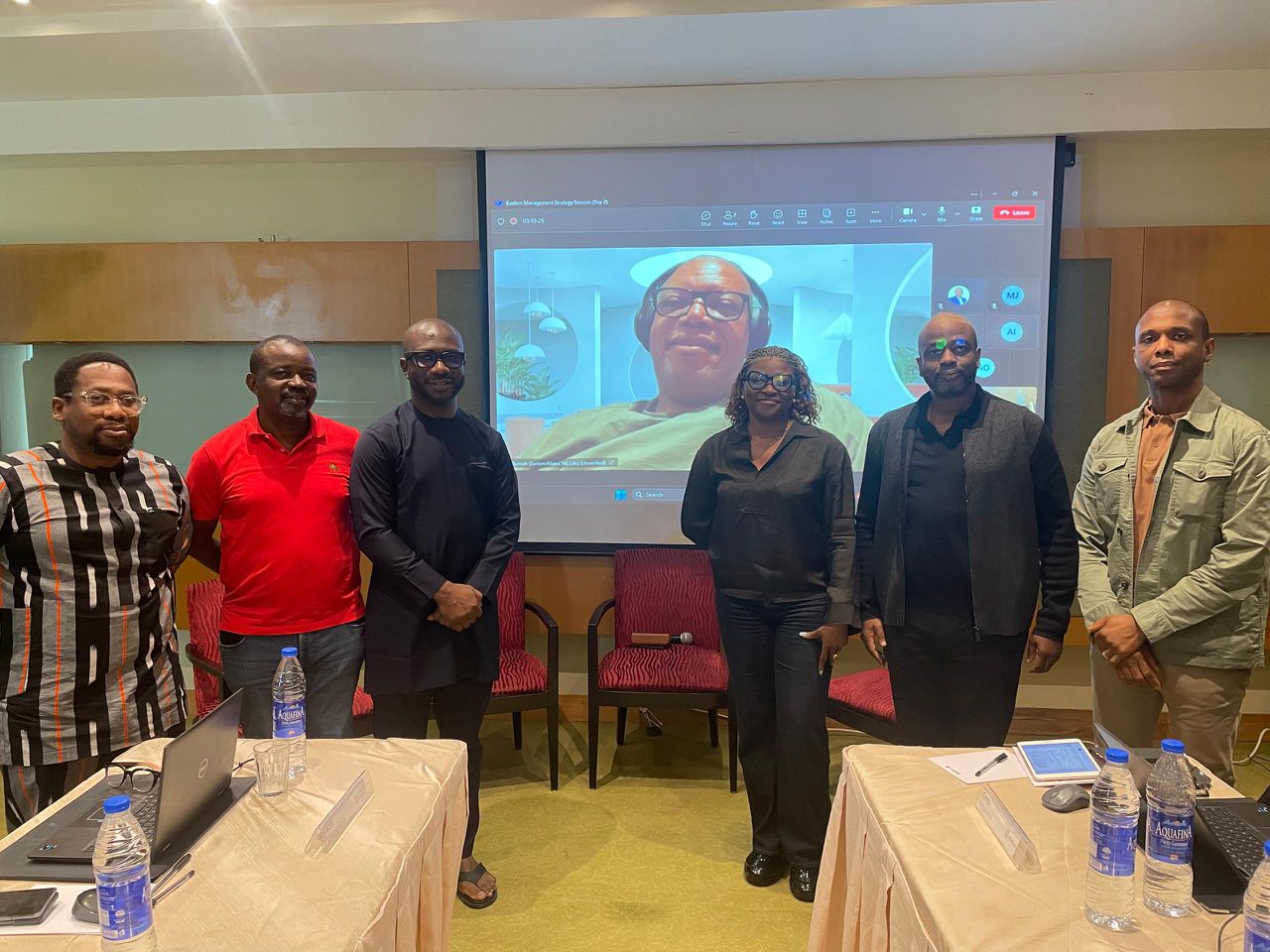Recent data from the World Health Organization (WHO) indicates that approximately 1 in 160 children worldwide is diagnosed with autism spectrum disorder (ASD). This clearly underscores the urgent need for increased awareness, understanding, and, most importantly, acceptance of neurodiversity.
World Autism Acceptance Day (WAAD), observed annually on April 2nd, serves as a powerful reminder that true inclusion goes beyond awareness—it requires acceptance and celebration of the unique perspectives and talents of individuals on the autism spectrum. In 2025, the theme “Color” takes center stage, symbolizing the vibrancy and diversity of autistic experiences. By embracing this theme, we acknowledge that the world is brighter, richer, and more complete when we appreciate neurodiversity in all its forms.
Why “Colour” Matters in Autism Acceptance
Color is more than just a visual experience—it represents emotion, expression, and identity. The theme of “Colour” challenges outdated narratives surrounding autism and instead shines a light on the strengths, contributions, and rights of autistic individuals to be seen, heard, and valued.
Each color in the spectrum reflects a different aspect of autism:
🔵 Blue – Traditionally associated with autism awareness, blue symbolizes calmness, depth, and trust, calling for understanding over judgment.
🟡 Yellow—A beacon of hope, happiness, and warmth, reinforcing that autism is not a tragedy but a different way of experiencing life.
🟠 Orange—A color of energy, enthusiasm, and creativity, representing the powerful voices of autistic self-advocates.
🌈 The Full Spectrum—Autism is not one shade, one experience, or one story—it is a vast, dynamic, and evolving masterpiece, much like the world around us.
Understanding Autism Spectrum Disorder (ASD)
Autism spectrum disorder (ASD) is a neurodevelopmental condition that affects how individuals think, interact, and perceive the world. It is characterized by challenges in social communication and behavior, but the term “spectrum” highlights the vast diversity in experiences and abilities.
Common Characteristics of Autism:
- Social Communication Challenges: Many autistic individuals struggle with understanding social cues, maintaining conversations, and forming relationships. They may have difficulty interpreting body language, facial expressions, or tone of voice.
- Repetitive Behaviors: Engaging in repetitive movements (such as hand-flapping or rocking) or adhering to strict routines is common. Change can be distressing, making predictability important.
- Sensory Sensitivities: Autistic individuals often experience the world differently through their senses. Some may be hypersensitive to sounds, lights, or textures, while others may seek sensory input. The Importance of Early Diagnosis and Intervention Recognizing the signs of autism early—often as young as 18 months—can lead to better developmental outcomes. Early indicators may include limited eye contact, lack of interest in social interactions, delayed speech, or repetitive behaviors. Early intervention, through therapies and support systems, can help autistic individuals develop essential communication and life skills.
Celebrating Strengths and Encouraging Inclusion
Autism is not solely defined by its challenges—it is also characterized by remarkable strengths. Many autistic individuals possess exceptional memory, attention to detail, problem-solving skills, and creative abilities. By fostering a strengths-based approach, we shift the narrative from deficit to potential, empowering autistic individuals to embrace their identities and share their talents with the world.
Looking Ahead: A Future of Acceptance
As we celebrate World Autism Acceptance Day 2025, the theme “Color” serves as a powerful reminder of the beauty in diversity. Autism is not a condition to be feared but a spectrum of unique experiences that enrich our world.
Let this year’s theme inspire us to move beyond mere recognition and towards genuine acceptance, where we embrace autism not as a disorder to “fix,” but as an integral part of human diversity that makes our world more vibrant.









